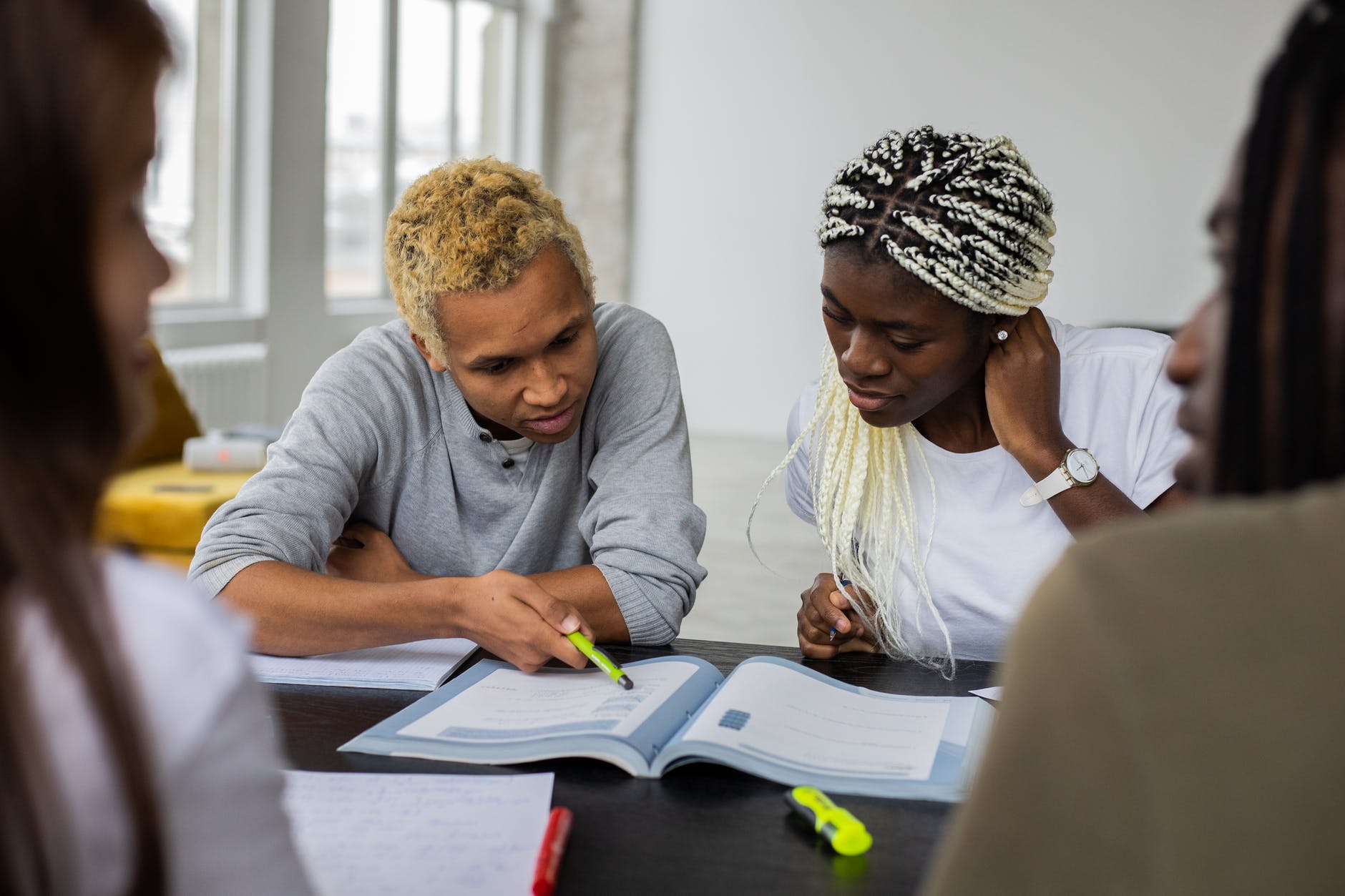Tonight we watched another ITLC Lilly ONline Conference plenary. Chavella Pittman has presented at other conferences and did a workshop with us last year. The title of the session at Lilly 2022 was “3 Surprising Ways Privilege Ruins Inclusive Teaching (& How they Provide Hope).” Pittman is a faculty member and faculty developer. At this session, Pittman spoke about surprising ways privilege gets in the way of inclusive teaching. The first privilege was to “keep diverse students waiting.” Pittman asked who is still thinking about or dragging their heels for making changes. People not wanting to get it wrong was mentioned. “It is a privilege to keep students waiting for something they actually need” is a quote that summarized this point. Pittman’s second privilege was to “ignore what diverse students say.” Pittman spoke about “vanity inclusive teaching” because it is what is in style instead of what is needed. Don’t skip the important needs of diverse students was what Pittman emphasized. “Do your practices address what students need?” was emphasized. The third privilege was to be part of the problem instead of the solution. Foundational inclusive teaching practices are always required. Another privilege was to “be a part of the problem (vs the solution.”
For the first privilege, the hope to address “keeps diverse students waiting” was addressed with the hope of enacting inclusive teaching ASAP. Pittman said that it is possible to get inclusive teaching done now! The second privilege: ignoring what diverse students say can be addressed with the hope of learning and applying the research on diverse students’ classroom experiences. Do you do what helps students meet basic needs? Belonging and inclusion need to be addressed. The last privilege was to “be a part of the problem (vs the solution)” and the hope was to put in place foundations of inclusive teaching. For this, Pittman explained that the foundations of inclusive teaching are:
- State
- Show
- Shape
- Share
- Strategies
- Strategies
The first one, state, was to explain the teaching intention and show students that you are committed by having a course outcome that shapes the classroom interactions. Don’t say that you are already doing this or that, warned Pittman. Next, what are students going to do with the information? “How are you going to shape the environment for classroom interactions?” asked Pittman. Share the reasons for diverse perspectives and their voices. Pittman encouraged viewers to learn about and be aware of the ways privilege gets in the way of inclusive teaching. I thought it was interesting that Pittman spoke about power to share and being aware of authority when thinking about co-creation in the class. I agree that some may be viewed as non-dominant because of their minority status and not have as much “power to share” yet think we can work and explain the reasons why we want to encourage co-creation. Pittman also spoke about not getting bogged down by what inclusive teaching means and consider explaining it to students what it means to you. Pittman’s message was you can do it and there are things to be done!



